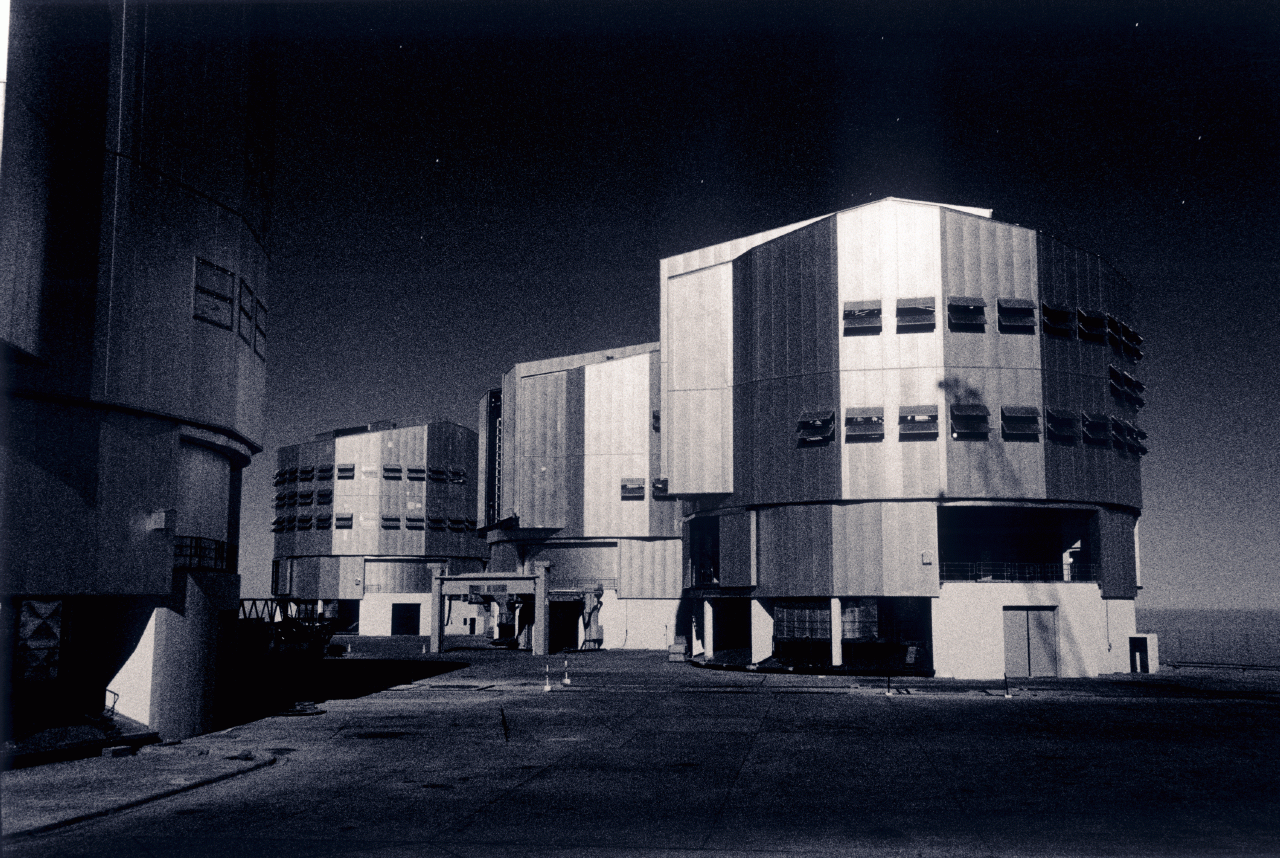

Astrophysical observations are almost fully based on observations of electromagnetic radiation or photons. But there are a few other possibilites. Here are a list of possible sources of information:
The electromagnetic spectrum is divided in different areas based on the detector type and the place, where this specific type of radiation can be observed:
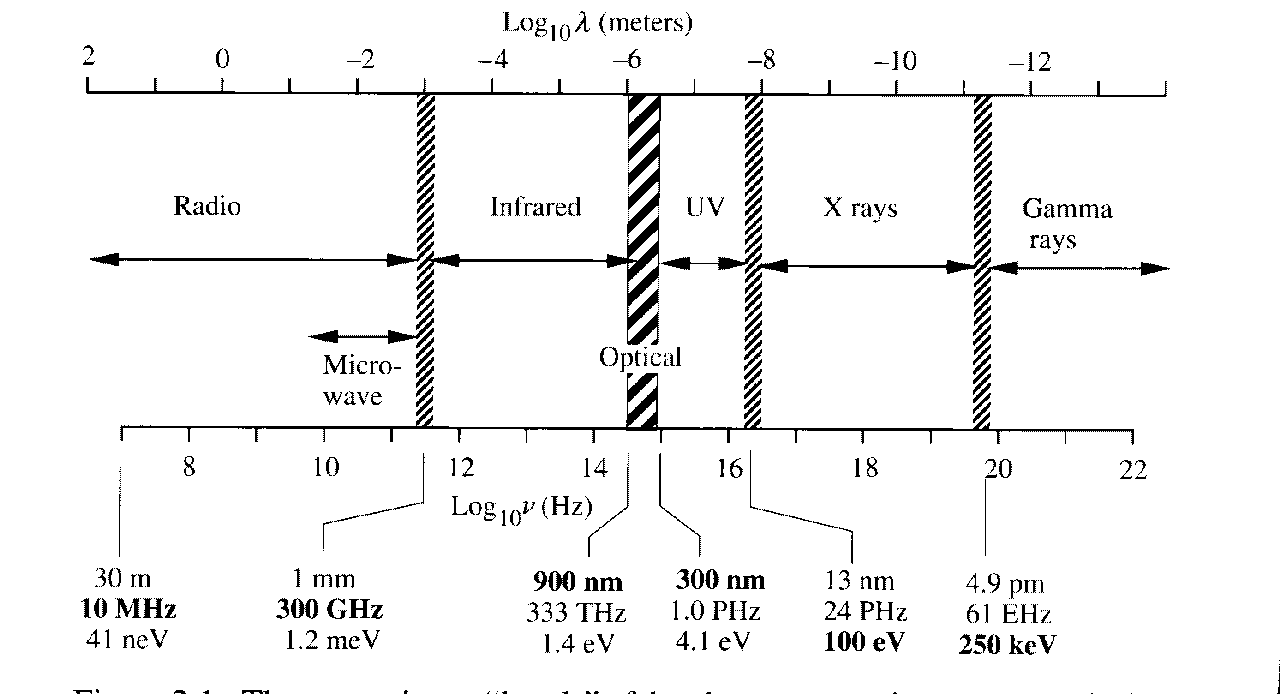
Light from distant objects has to pass through a lot of space, sometimes filled with gas or dust clouds. The last part through the atmosphere shuts out vast areas of the electromagnetic spectrum as illustrated in the next figure:
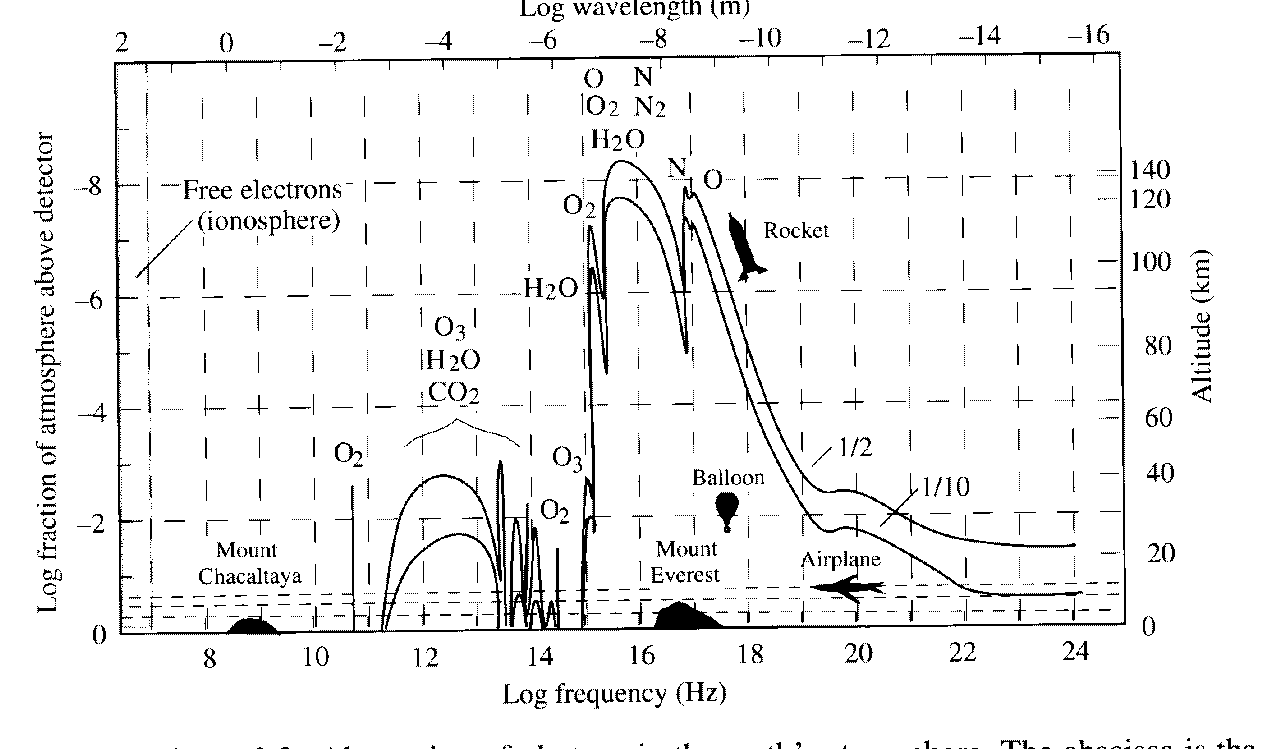
Danish astronomers have access to a large range of instruments. We are members of both European Souther Observatory (ESO) and European Space Agency (ESA), which give us the right to ask for time on a large range of instruments, but we also have bilateral collaborations, which can be useful, when special demands need to be fulfilled.
Let us take a tour of the larger facilities:
We also have our own small telescopes at the Ole Roemer Observatory. Here are a few pictures:




The Astronomy group at IFA has recently been involved in two large observational projects:
The most natural system for an observer is the system defined by the visible sky:
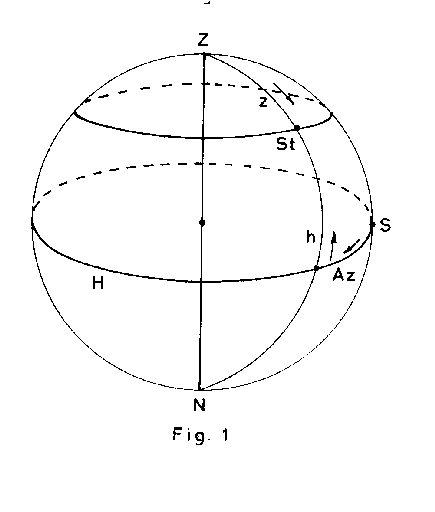
The definition of the Azimuth is not the current one. Nowadays the convention is to measure it from a point in direction north in the easterly direction. On the figure Z is zenith and N is nadir, the point above and below the observer.
The normal system used to define positions is the equatorial system, which one obtains by projecting the equator of the Earth on the sky
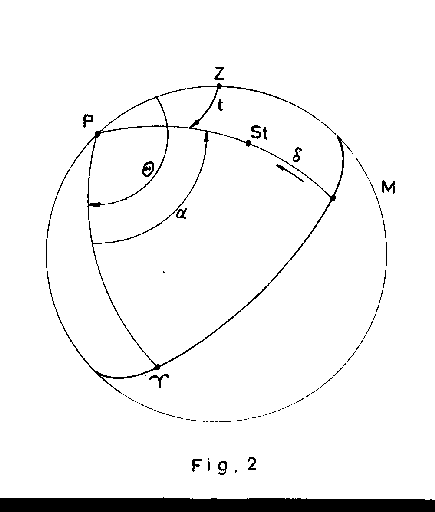
This system uses a strange zeropoint for the Right Ascension the point of Aries. This is the point where the orbit of the Sun (Ecliptica) cuts the equator in the spring. Also, notice that this angle is measured in the direction from west to east.
Due to this definition and the change of the tilt of the polar axis of the Earth, one has to define coordinates at a given moment (The Epoch). Normally positions are given in the system defined by 1950 (B1950 coordinates) or more likely nowadays by 2000 (J2000 coordinates).
Most telescopes nowadays perform the change from B1950 or J2000 coordinates automatically. One just has to remember to define the Epoch.